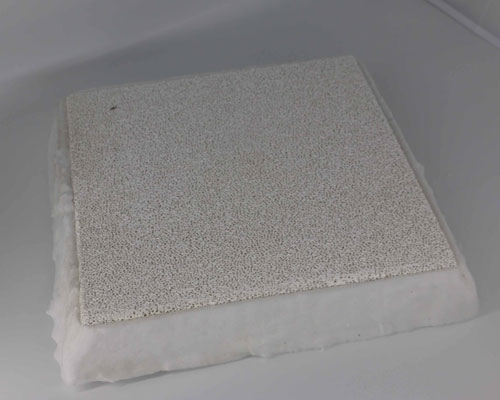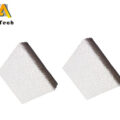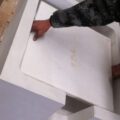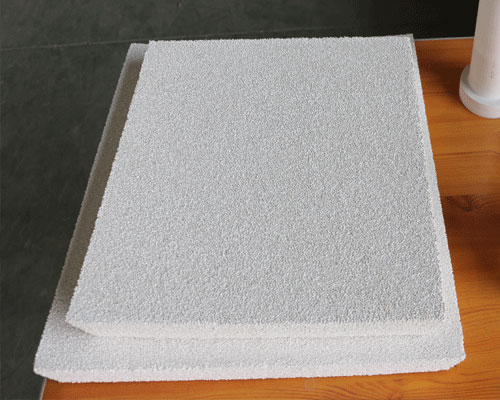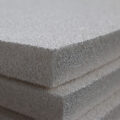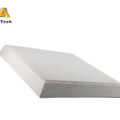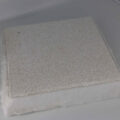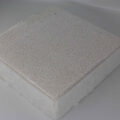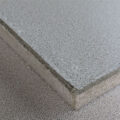The non-metallic inclusions in the aluminum melt will show surface cracks and pinholes during the aluminum foil rolling process. Surface intimacy is also a defect that is not allowed in the base of high-grade PS plates. In order to meet the needs of high-grade aluminum foil blanks and PS plate bases, it needs to remove the non-metallic inclusions in the aluminum melt. Filtering has become an important link in the production of aluminum foil. The purpose of filtration is to remove non-metallic inclusions in the aluminum melt as much as possible. Since the mid-1970s, a lot of research work has been done abroad, but due to the limitation of detection methods, the domestically used aluminum melt filter device is a double-layer porous ceramic filter for aluminum.
The Porous Ceramic Filter for Aluminum filtering effect depends on the combination of the flow rate of the aluminum melt through the filter plate, the number of perforations of the single-layer filter plate, and the number of perforations of the double-layer filter plate.
When using a fine ceramic foam filter, if the melt is very dirty, the filter will be clogged quickly. Using two filters can extend the service life of the filter. As far as filtration efficiency is concerned, improving the capture efficiency by increasing the filtration area is far more effective than adding a coarse filter to it. A more effective arrangement is to place two large-area fine filters in parallel at the outlet of the flow trough, instead of using one thick and one thin in series.
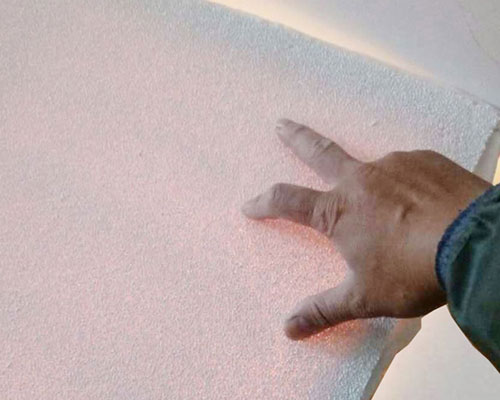
The characteristics of the foam ceramic filter are easy to use, low initial pressure head, better filtering effect, and relatively cheap price, so it has been widely used. In casting and rolling production, most manufacturers use this filtering method.
In production practice, filter materials with different pore sizes can be selected, and the installation method of the filter can be changed to change the kinetic parameter coefficient of filtration. Choose filter materials of different thicknesses to change their ability to capture inclusions. Use filter materials with different pore sizes to make a reasonable combination from large pores to small pores, that is, to simultaneously change the filter parameters and increase the filter thickness and the number of filter stages to strengthen the ability to capture inclusions. Increase the cross-sectional area of the flow, reduce the flow rate of the melt, increase the probability of capturing inclusions, etc., in order to improve the filtering effect to the required goal.

